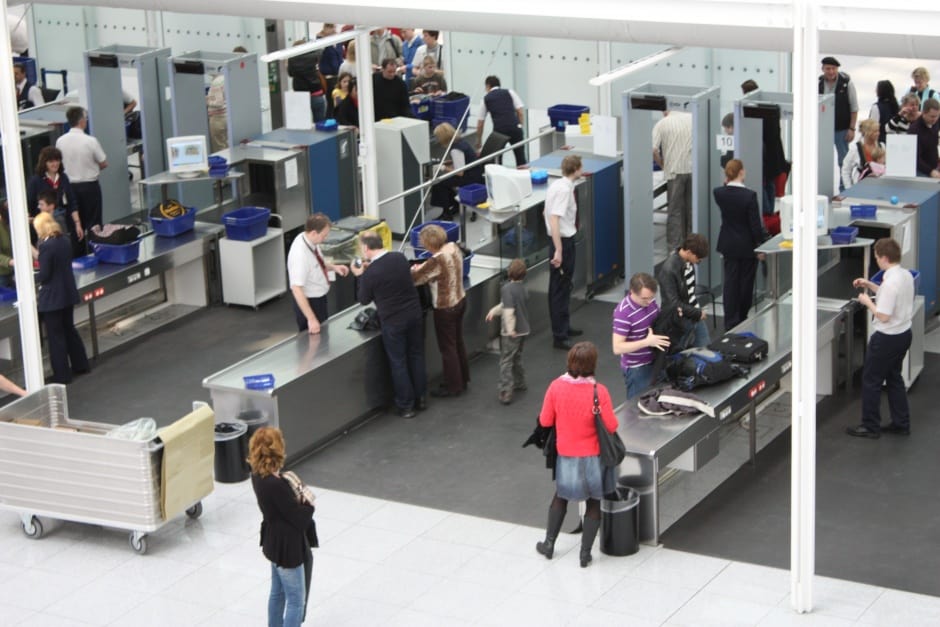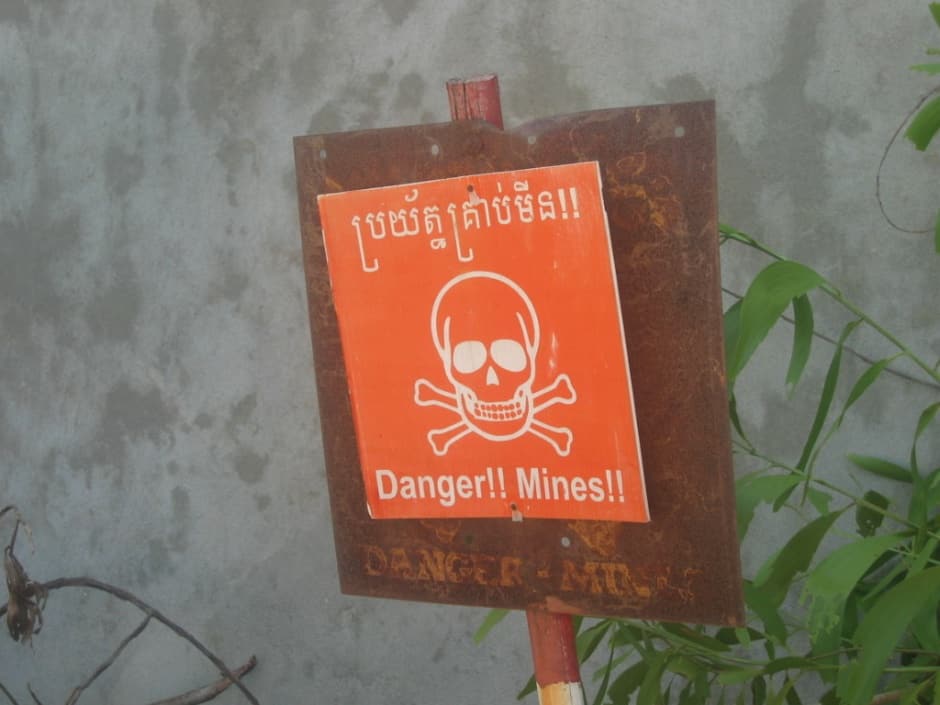
Metal detectors are used in everything from airports, event security and landmine clearance, to food safety, scrap sorting and archaeological surveys.
The technology is simple and portable, making it cost-effective for a range of safety and security applications.
But existing metal detectors are limited in their ability to distinguish between objects of different shapes and materials, and can only detect objects hidden a small distance below the surface.
Now, in a new EPSRC-funded project, a team of UK researchers led by Dr Paul Ledger, Associate Professor in the College of Engineering at Swansea University, are developing new techniques to improve metal detection technology.
“With current metal detection technology it can be hard to distinguish between objects that are located close to the surface, and other objects buried deeper,” said Ledger. “So trying to distinguish between the different shapes and the different material properties of these objects is quite difficult.”
Very thin objects such as fine wires can be particularly difficult to detect with existing metal detection technology, for example, as can some landmine components, due to their low metallic content.
The technique is based on the idea that objects can be identified by measuring how electromagnetic fields behave at different distances away from them, across a range of frequencies. In this way, different objects can be classified using a mathematical construction called a polarizability tensor.
Once different objects have been classified in this way, next generation algorithms can be used to quickly and accurately detect hidden targets from measurements of the electromagnetic field.

“So we’re looking at a way to mathematically characterise the shape and material properties of different objects, and using this characterisation to better understand and then detect different objects,” said Ledger.
The researchers also plan to build optimised coil arrays based on new designs.
The team, which also includes researchers from Manchester University and University College London, has already made some progress in understanding the changes to the magnetic field surrounding different objects. They now hope to build on the theory they have developed, to better understand how to characterise different shapes and material properties.
They also hope to investigate applying the technique to homogenous objects that are made up of multiple materials, said Ledger.
“We are trying to improve metal detection across a complete spectrum of applications,” said Ledger. “So we want to look at better location, better discrimination of multiple objects, and trying to reduce the number of false positives,” said Ledger.
In particular, the team plan to investigate the signatures of larger metallic items, such as weapons, according to team member Prof Anthony Peyton of Manchester University.
As well as security, the technology could also have a range of other applications. It could be used to detect metal contaminants from the production line in foods, for example, where very small objects such as extremely fine wires can be difficult to spot. In 2015 alone 1,514 food contamination incidents were reported by the Food Standards Authority in the UK.
The technology could also be used to better sort metallic waste. The UK generates 177 million tonnes of waste each year, much of which could be recycled.
Finally, the researchers are also working with anti-landmine charities such as Find A Better Way, to investigate the use of the technology in helping to assist in the clearance of active mines.




Red Bull makes hydrogen fuel cell play with AVL
Formula 1 is an anachronistic anomaly where its only cutting edge is in engine development. The rules prohibit any real innovation and there would be...